If your business sells products on Amazon and you want shoppers to find them, optimizing each of your listings is mandatory. Well, you could skip the process, but that would be a bit like trying to advertise a lemonade stand from behind a closed garage door. In fact, eMarketer reported that 46 percent of U.S. product searches started on Amazon, compared to 34.6 percent on Google.
Optimizing your product listings on Amazon can draw more organic traffic to your products, improve your click-through rates, and create more opportunities to engage consumers and make sales. And it’s not just B2C marketers who need to optimize their pages. With more than 1 million business-tier customer accounts, the Amazon marketplace generates over $10 billion in B2B sales annually. In other words, it doesn’t matter who your customers are or what kind of products you sell – you must optimize your product listings, or risk becoming a forgotten brand on the back pages of Amazon search results.
It’s not just B2C marketers who need to optimize their pages. The Amazon marketplace generates over $10 billion in B2B sales annually.
What is Amazon’s product search algorithm?
So what are the actual mechanisms of Amazon SEO, and how do they impact how product listings appear in Amazon search results? As with general SEO, we’re optimizing our written content and images for an algorithm designed to present results that best match the needs of the end user.
When we optimize articles for a search engine like Google, we utilize keyword and audience research to craft content that satisfies a specific search intent. For example, if we want to speak to users who want to learn about SEO, we’ll write content that answers relevant questions and link to authoritative sources, among many other optimization tasks. The Amazon search algorithm, called A9, is similar to Google’s, but less complicated.
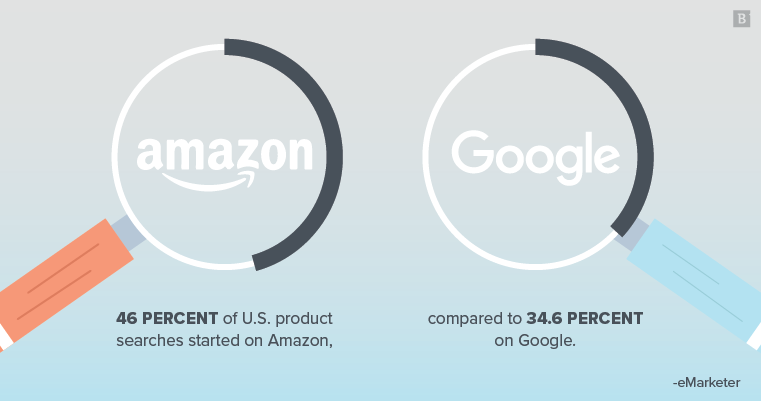
One reason for A9’s simpler design is that there isn’t much of a need to interpret user intent. When you search for the phrase “restaurant” on Google, the algorithm uses various signals to determine if you’re looking for a place to eat, information on starting a business or if you want the definition of the word. A9 doesn’t need to make this interpretation because all searches have the same intent – finding a product. In many ways, this simpler design makes it easier to optimize your Amazon content – but it also means the competition for top spots in organic rankings is fiercer.
Like the Google search algorithm, A9 uses dozens of signals to rank products in search results. These signals fall into two categories:
- On-page signals: These include product titles, descriptions, images and backend keywords. As a seller, you have almost complete control of these signals.
- Off-page signals: These may include user search and shopping history, competitor SEO tactics, search volume, advertised product listings and preferred search terms, among others. As a seller, there’s not much you can do to control them.
In the next section, we’ll break down each on-page element that you can optimize to improve your chances of ranking highly on Amazon search result pages. Don’t skip any of them – at the end of the day, these are some of the only ranking factors within your control that affect how users find your Amazon product listings organically.
What are the goals of Amazon SEO?
Let’s assume you have a product that delivers great value to your customers. It’s been on Amazon for a few weeks, and your conversion numbers aren’t meeting expectations. You know, from market research, that your product has more features, is higher quality and is more affordable than competing products. Despite these clear advantages, inferior products are eating your sales for lunch. What gives?
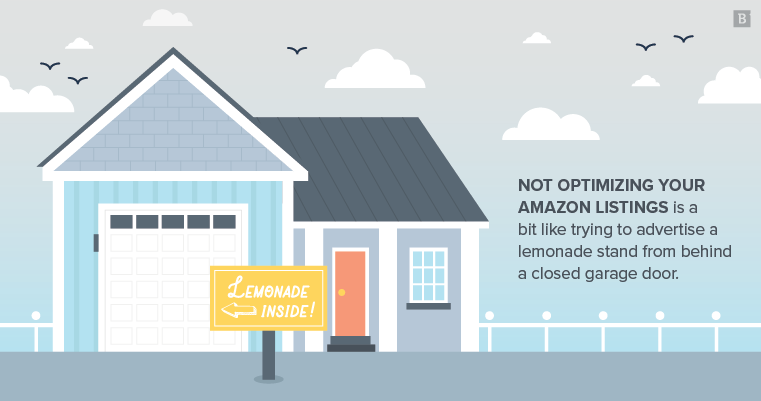
The specifics may differ from product to product, but, in general, high-performing listings are optimized for three key goals:
- Visibility: At a glance, consumers should be able to tell what your product is, what it does and how it does it.
- Search relevance: Each product listing should target a narrow range of use cases. For example, a listing for prenatal multivitamins should not rank for the more general “multivitamin” keyword.
- Conversion: Once users have clicked on your listing, the product description and bullet points must provide information that helps users make a purchase decision.
As you work your way through the next sections, keep these three goals in mind. For every product listing element within your control, ask yourself, does this make my product more visible? Is this relevant to my target consumer? How does this help the user make a decision? Each element doesn’t need to address every goal, but it should relate to at least one.
Which search ranking factors can sellers optimize?
As with the often mysterious Google search algorithm, the finer details of Amazon’s A9 algorithm are kept secret. However, there are some ranking factors that we know directly affect how product listings appear in search results.
Product titles
Aside from the product image, titles are the first thing a consumer will see when conducting a search. These days, title optimization is a balancing act between including the right keywords and avoiding a penalty for keyword stuffing. In the past, sellers could get away with dumping keywords into product titles, but updates in recent years have made that strategy obsolete.
You’ll want to include several keywords at the beginning of your titles, followed by a brief description. Why keep the keywords at the front of the title? Essentially, Amazon will feature your titles in three environments: the main search results page, mobile search results pages, and side-bar results. Each one has a unique character limit (Approximately 140, 60 and 55, respectively) so the most important information needs to go first.

To determine which phrases to use, consider using one of these keyword tools:
- Ahrefs.com: This tool uncovers keywords that bring Amazon users to specific pages. It can help you understand which keywords rank highly in search results and how often users search for specific terms. Pricing starts at $99/mo.
- Scientificseller.com: Branded as the “World’s Slowest Keyword Tool,” Scientific Seller runs hundreds of keywords searches before it generates a report. With each search, the tool gets further from the original query. The idea is that the longer, more complex process will reveal keywords that are relevant to the widest selection of consumers. This tool is free.
- Sonar-tool.com: Available as a stand-alone site or Chrome extension, Sonar is a free tool that allows sellers to identify keywords based on search queries made by Amazon users. It’s a great entry-level tool, but it’s not especially sophisticated.
If your brand name – or seller name, if that’s different – contains keywords, be sure to include them in the product title. As your products become more successful, remember that Amazon users will search for your brand name specifically – so it needs to be somewhere for the A9 algorithm to find it.
When describing your product within the title, consider elements such as colors, sizes, weights, materials, quantities, etc.
Bullet points and product descriptions
When users click on your product listings, they see a list of bulleted items under the product title and pricing information. A little further down the page, they’ll see your full product description. Each of these sections is not only important to your place in search rankings, but also contribute to your conversion strategy.
Let’s start with the bullets first. Here, you should list the key features of your product as well as any concrete benefits. These should highlight the key differences between your product and competing products. Your bullets should list all the information that your target shoppers need to know before they can make a decision. For example, if you’re selling battery packs, consumers will want to know the charge capacity. When consumers can get the answers they seek quickly, it will improve your conversion rate.
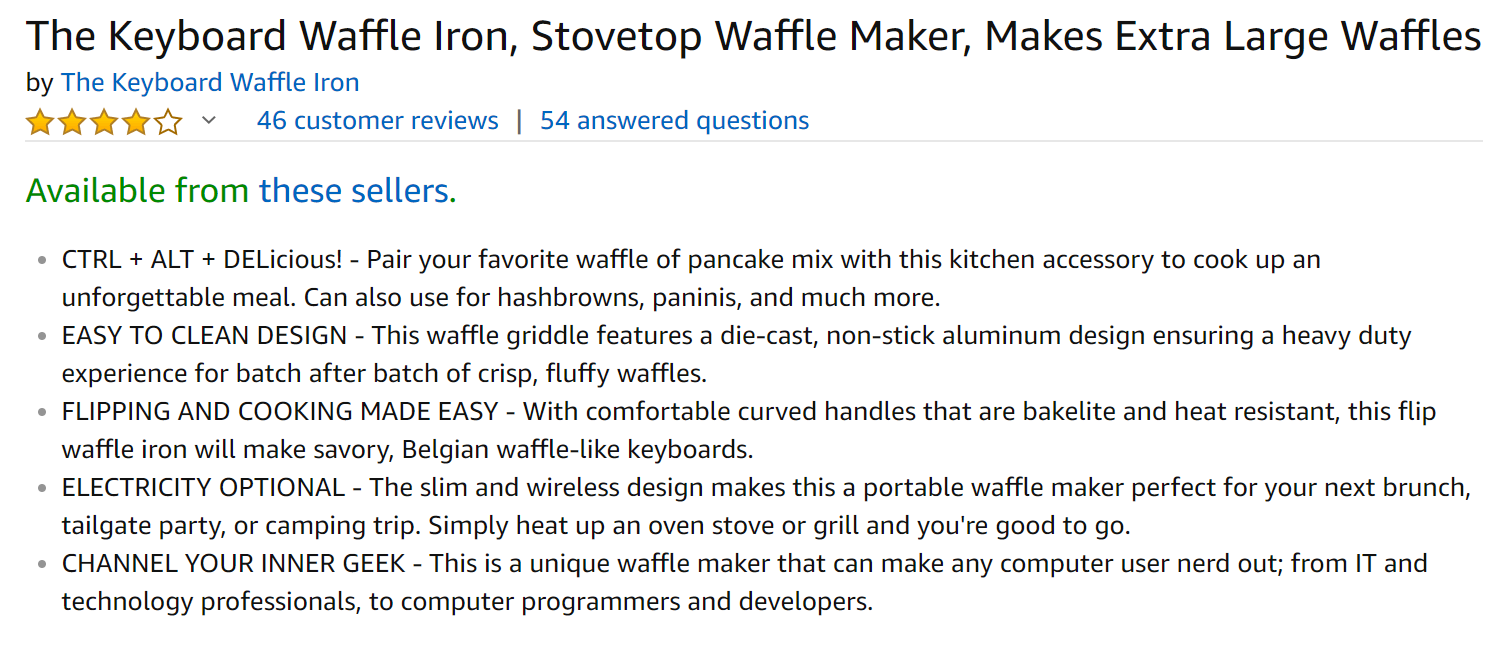
Be sure to include keywords here, too. Any that didn’t fit in your title should go here, within reason. If a specific keyword doesn’t fit in organically, save it for later. We’ll learn what to do with additional keywords in the next section.
The product description of each listing is an opportunity to provide in-depth information about your products. If you’re a new seller on Amazon, you’ll likely only have access to an HTML description box. There, you can tell your brand story, elaborate on the value propositions made in the bullet list, and use some more of those handy keywords.

If you’re a member of the Amazon Brand Registry, you’ll have access to an alternative product description called Enhanced Brand Content. This widget allows you to include images and product comparisons in your product descriptions. Note that you’ll need a registered trademark to qualify for the registry and its unique benefits, such as priority support.

Backend keywords
So, you’ve found dozens of keywords that relate to your product, but you can only fit a handful into your title, bullets and description. What should you do with the rest? Thankfully, Amazon has your back here. You can upload a .CSV or .XML file containing all of your keyword variants and search terms. These won’t appear anywhere on your product listing, but they will affect your search ranking. This is a great spot to use long-tail keywords you couldn’t naturally fit elsewhere.
Each keyword can be up to 250 characters, and word order matters. So, “stainless steel red water bottle” is a separate keyword from “red stainless steel water bottle.” Any keywords used in on-page SEO should be excluded from this bulk upload – or you risk appearing spammy to the algorithm.
Product images
All of the text optimizations we’ve covered so far are extremely important, but humans are visual creatures, so don’t ignore your product imagery. A bad product image can turn off customers and negate all of the hard work you put into your titles and descriptions. High-quality images can improve your click-through-rates.
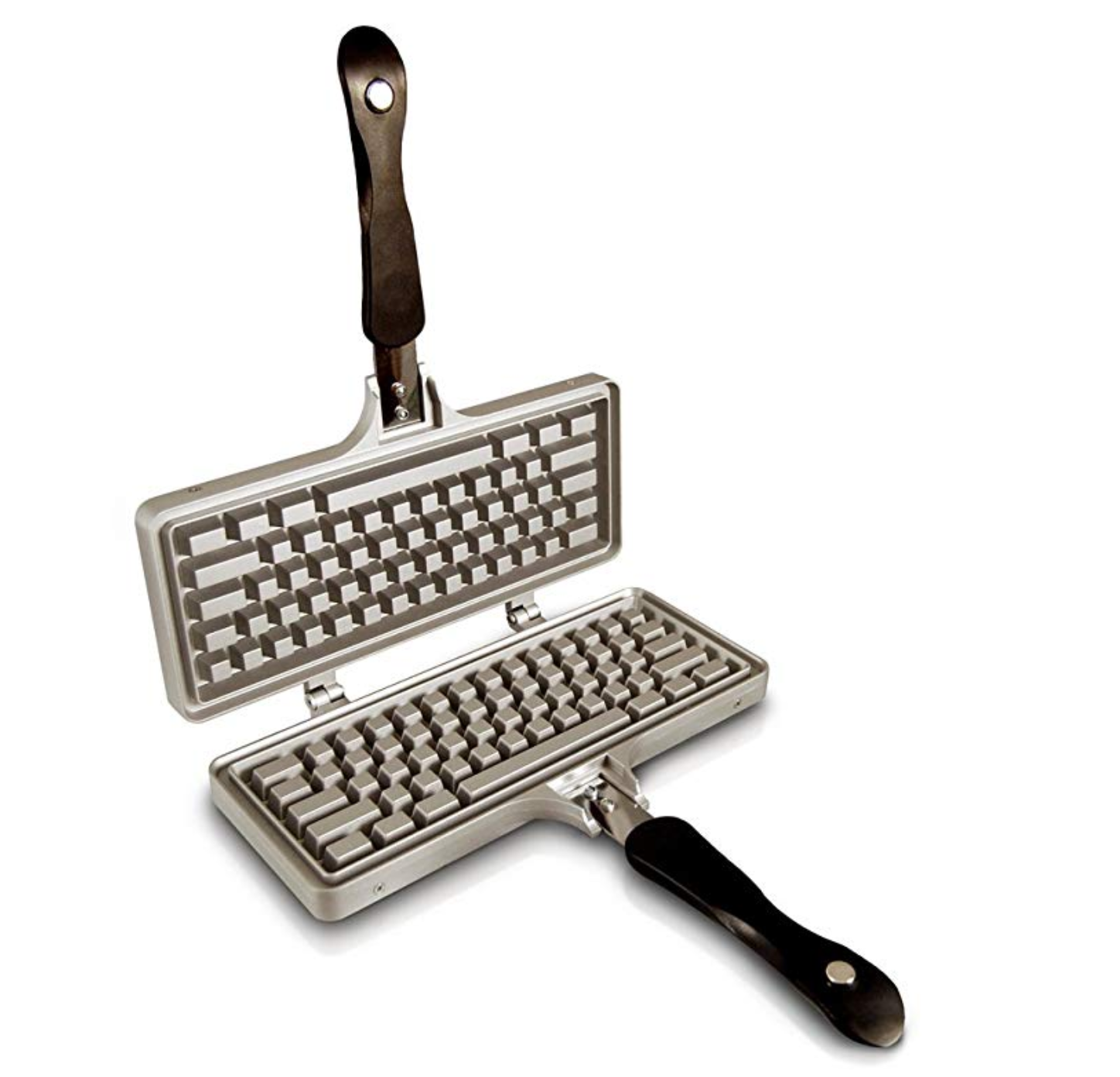
As you set out to optimize your product pictures, first consider Amazon’s technical requirements for high-quality images:
- File format: Only .TIF/.TIFF, .JPG/.JPEG, .GIF and .PNG are allowed.
- Dimensions: Height or width should be at least 1,000 pixels.
- Colors: sRGB or CMYK only.
- Naming conventions: File names must include an identifier such as an Amazon ASIN, ISBN or UPC.
Second, pay close attention to Amazon’s editorial standards:
- Image type: The image must be an actual photo of the product, no illustrations allowed.
- Image focus: Images should have a white background. They should not include any accessories that do not come with the product.
- Product size: Physical products must take up at least 85 percent of the image. Book/movie/music covers must fill 100 percent of the image.
- Text: Main images cannot contain text.
Third, determine if your product needs additional images. For example, you may want to focus on a specific part of your product, such as a close-up shot of a material’s texture. Secondary images may include other items to demonstrate scale. They may also include text and illustrations.

Customer reviews
No conversation about Amazon SEO is complete without a discussion of user reviews. Next to everything we’ve discussed so far, user reviews are one of the most important factors in how your products sell. Consumers want to buy products that have been used and tested by people like themselves. In fact, many online shoppers will consult user reviews before reading anything else on the page.
Amazon has made an effort to make user reviews more relevant by verifying which reviews are written by users who actually purchased the product. Amazon has gotten very good at spotting fake reviews and any shady review tactics are likely to get brands into hot water with the platform.

Positive reviews can have a major impact on your conversion rate. To get more reviews the honest way, consider these options:
Automate the feedback process
Amazon gives you a little help here. After someone buys your product, they may receive an email from Amazon asking for their feedback. If they agree, they’ll be prompted to give the product a star rating and write a quick blurb. Users can submit their own product photos as well. For more consistent feedback, you can leverage third-party tools that encourage buyers to leave feedback.
These solutions not only automate requests for reviews, but also give you the ability to include additional collateral such as .PDF documents in your correspondence. For example, B2B sellers could send customers a case study or white paper to provide additional value after the sale.
Some tools to check out:
Manually request feedback
This method is best suited for B2B sellers who actively manage buyer relationships. For example, if you notice that a company has been purchasing your products frequently, send them a quick, personalized email thanking them for their business, ask what they think of your products and end by asking if they would be willing to provide feedback through Amazon.
This method is resource-intensive and will definitely require more of your time. However, business accounts can be more lucrative, so the investment may be worth your energy.
A few more Amazon SEO quick tips
So far, we’ve covered the signals that directly affect the A9 algorithm as well as factors that highly influence conversions. Here are some more tips to help you optimize your Amazon product listings:
- Answer seller questions: Each product page contains a space for users to ask questions. Anyone can provide answers, but users will respond well to replies that come from the product seller. Monitor your pages and answer important questions in a timely manner.
- Don’t leave any fields empty: If there’s a space for you to include information about your products, don’t leave it empty. Fill out everything.
- Watch your character counts: As you fill out your pages, watch the allowed character counts and try to get as close to the maximum as possible.
- Consider fulfillment through Amazon: Products fulfilled by Amazon tend to rank higher – and sell better – than merchant-fulfilled products. This is a great way to improve your conversion rate.
- Leverage product bundles: If other sellers carry the same products as you, create a unique bundle to increase your chances of ranking higher.
- Address negative feedback quickly: Respond directly to negative feedback by offering an apology, refund or other incentive. Once the reviewer has had time to cool off, request that they remove the negative review.
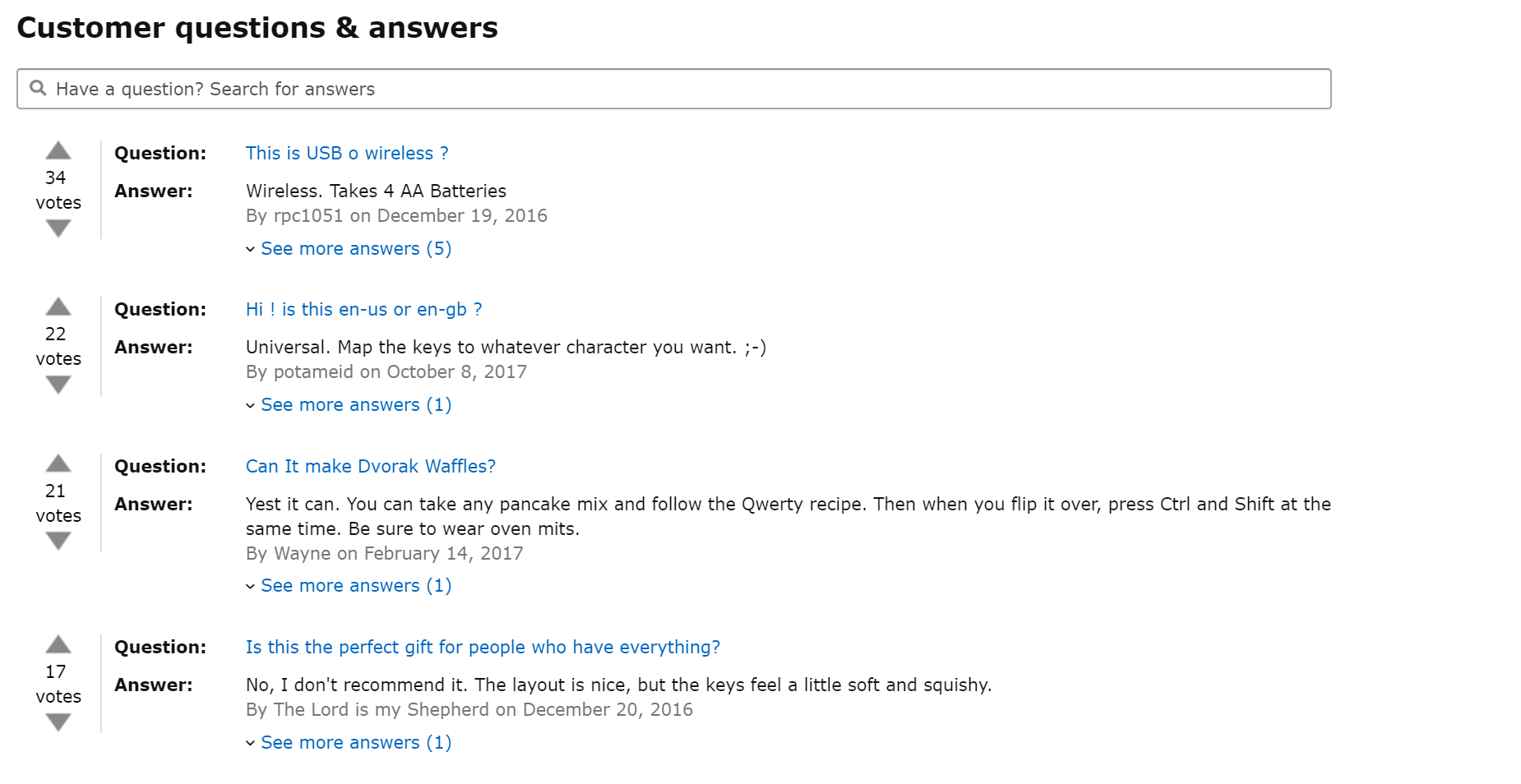
Amazon is one of the biggest retailers in the U.S., and its B2B offerings are growing steadily every year. To get a piece of the pie, your product listings need to be optimized for visibility, relevance and conversions. Happy selling!





